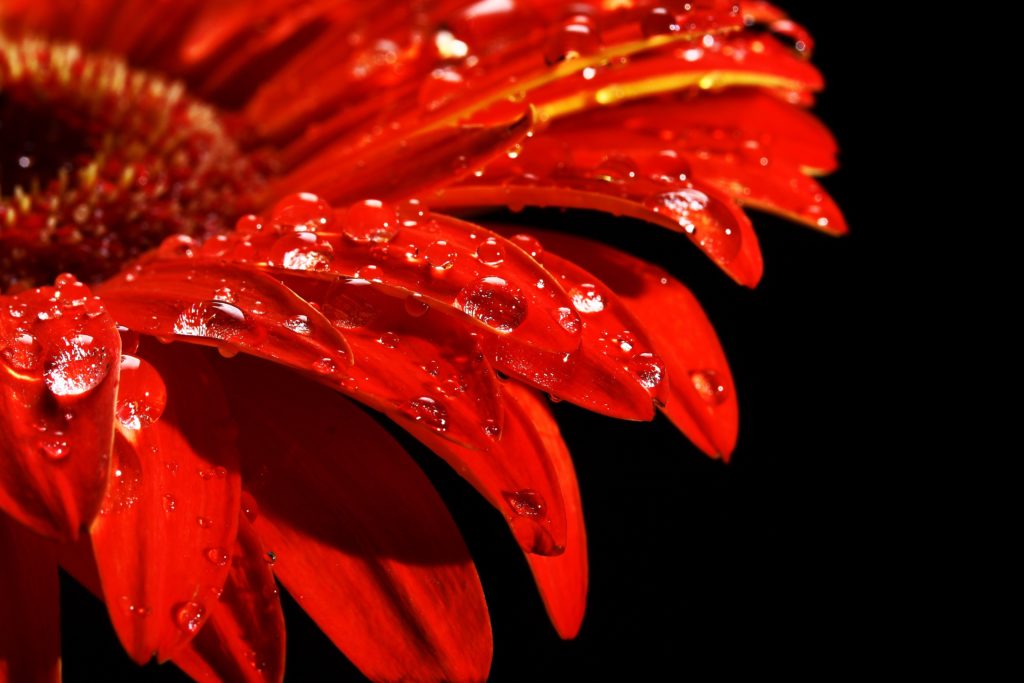Rain Gardens

Rain gardens, which are bowl-shaped flower gardens dug down into a low-lying area of your yard, have become quite popular over the past few years. Rain gardens capture rain, particularly runoff from downspouts and pavement, giving it time to soak into the ground. In fact, a rain garden can soak up about 1/3 more water than your lawn does. If you are imagining a small pond that serves as a mosquito breeding magnet, I assure you this isn’t the case. A properly designed rain garden has standing water from a few hours to maybe a day at most, while it takes at least one week for mosquitos to develop and hatch. Rain gardens keep pollutants out of our lakes and streams and attract birds, butterflies, and beneficial insects. They also reduce the need to water the garden and can help keep your basement dry. Sounds, like a good idea, right?
They’re relatively easy to create, too. The key is to choose your site carefully. It should be placed in a low-lying, relatively flat area of your yard, but not one that already has standing water after a rain. It should also be at least 10 ft away from your house and away from underground utility lines. Always contact Diggers Hotline at https://www.diggershotline.com/ before you dig.
Dig your garden bed about three inches deep if the area is completely flat. If the area is slightly sloped you can increase the depth a little, up to about six inches. The edges of the bed should gently slope up and out.
You can also create a small swale or trench to direct water from your downspout to the rain garden. It isn’t necessary though, If you have selected a low-lying area of the yard, water will naturally find it’s way there. If you do create a trench, lay down landscape fabric and cover it with rock to prevent erosion. This is sometimes referred to as a “dry riverbed” and can be an attractive feature, especially when paired with a perennial rain garden.
When selecting plants for a rain garden, it is best to choose ones that can stand both wet and dry conditions. Native plants are outstanding choices as they generally have deep root systems that can withstand both extremes, but any plants that tolerate both wet and dry conditions will work well.
Good choices for sunny areas include New England Aster, Blue Flag Iris, Joe Pye Weed, Daylily, Bee Balm, Helenium, Asclepias (both Butterfly Weed and Milkweed), Baptisia, Rudbeckia, Solidago (Goldenrod), Liatris, Veronia (Ironweed), Penstemon, Phlox Paniculata, Echinacea, Physostegia, Threadleaf Coreopsis, Verbena Hastata, grasses such as Little Bluestem, Rushes, and Switchgrass. For shade try Astilbe, Lobelia Cardinalis, Aquilegia (Columbine), Heuchera, Tiarella, Chelone (Turtlehead), Sedges, Polemonium, and Ferns.
Creating a rain garden with perennials is an easy, sustainable way to deal with drainage issues on your property. Most of the perennials mentioned above, and many others are available at Pleasant Prairie Greenhouse West, our 24/7 self-service location at 301 E. Main St. in Albany. And as always, if you have any gardening questions, don’t hesitate to ask. You can find us at https://pleasantprairiegreenhouse.com/ or on Facebook or Instagram.
